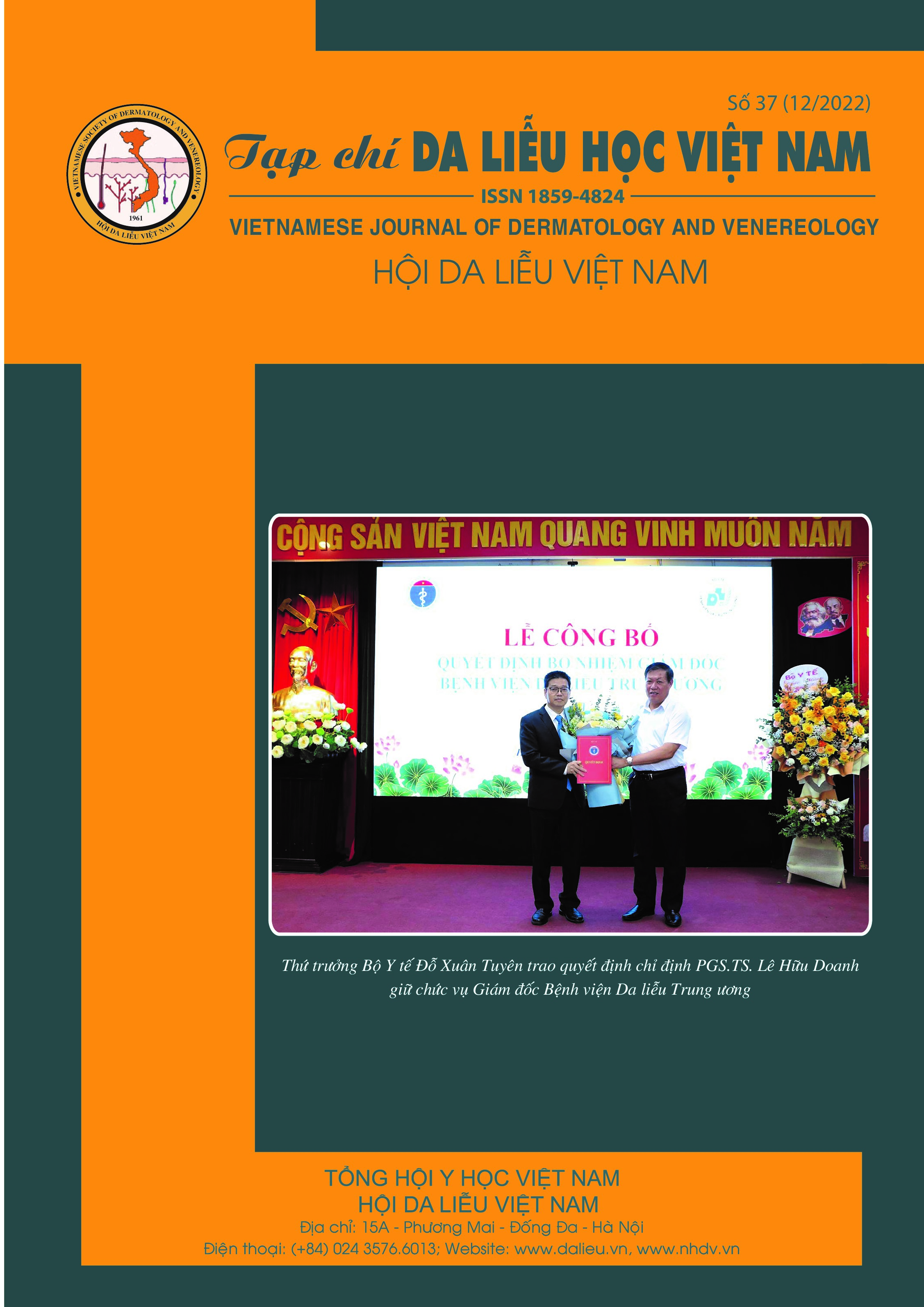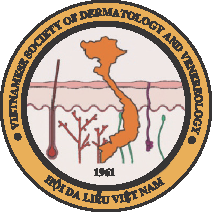PLATELET-ACTIVATING FACTOR (PAF) IN SYMPTOMATIC DERMOGRAPHISM: CLINICAL AND TREATMENT RELEVANCE
DOI:
https://doi.org/10.56320/tcdlhvn.37.25Keywords:
Platelet activating factor, symptomatic dermographism, histamine receptor 1 antagonist non‑respondersAbstract
Objectives: To investigate relationships among clinical parameters, including urticaria severity (Fric test scores) and treatment responsiveness, and PAF levels in sera from patients with symptomatic dermographism (SD).
Subjects and methods: Serum PAF levels were measured by enzyme‑linked immunosorbent assay in 45 SD patients and 15 healthy normal controls (NCs). SD severity was evaluated by Fric test score. 4 weeks after measuring PAF levels, patients whose SD was not controlled by antihistamine treatment were classified as histamine receptor 1 antagonist (H1RA) non‑responders.
Results: Serum PAF levels were significantly higher in SD patients than in NCs (median 5827.1 vs. 3530.8 pg/ml, p <0.001). H1RA non‑responders had higher levels of PAF in their sera than H1RA responders. A simple linear regression revealed that serum PAF levels was associated with disease severity (p<0.001) and multiple logistic regression analysis showed that a PAF level ≥ 6200 pg/ml (OR 2.8, p = 0.022) were a significant predictor of a poor response to H1RA treatment.
Conclusion: Compared with NCs, SD patients, particularly those with H1RA refractoriness, showed significant increases in serum PAF levels. Therapies modulating PAF levels could be considered in patients with SD refractory to antihistamines.





